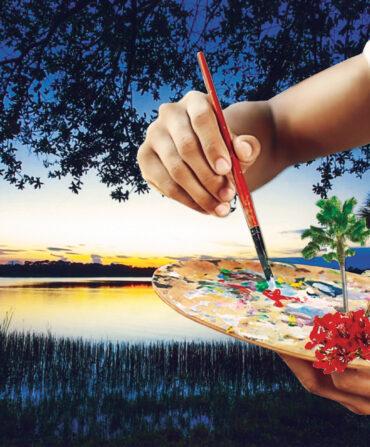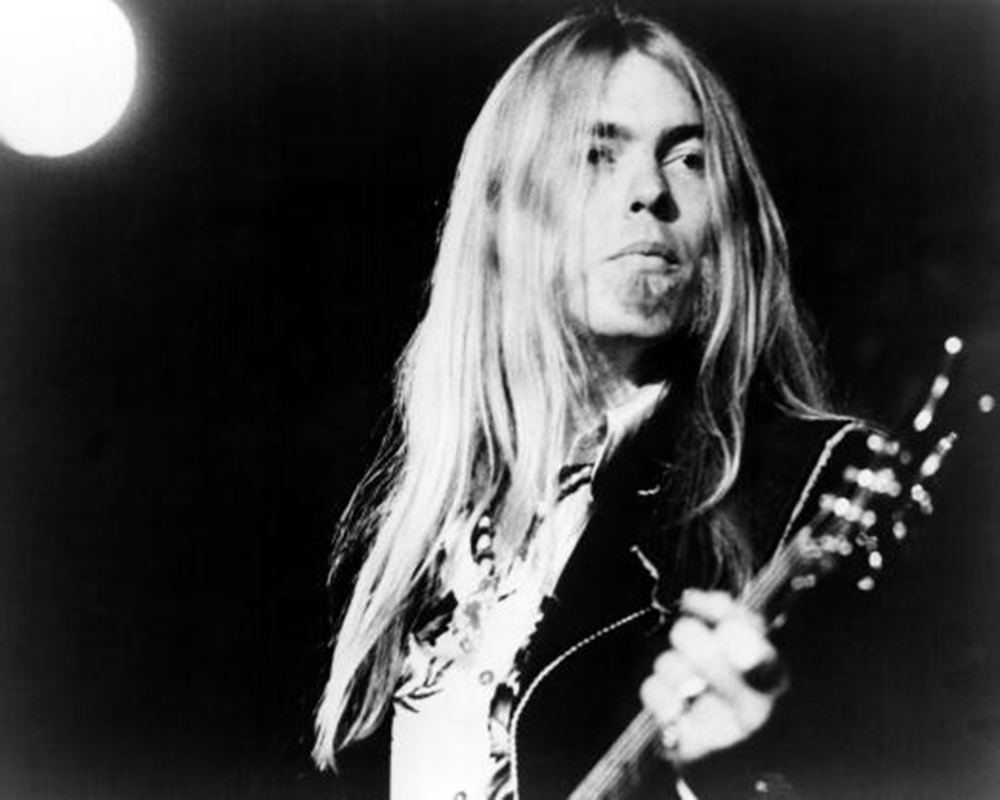
Gems/Redferns
GREGG ALLMAN
Southern Soulsmith
December 8, 1947 – May 27, 2017
With his long blond hair, scruffy beard, and soulful wail, Nashville-born Gregg Allman was the mix-master of 1970s-era Southern rock. He blended blues, jazz, country, and rock into a cocktail that influenced Lynyrd Skynrd, the Marshall Tucker Band, and countless other bands that followed with such classic hits as “Midnight Rider” and the epic anthem jam “Whipping Post.” Even as he enjoyed his celebrity—his seven marriages included one to Cher—the frontman of the Allman Brothers Band endured some of the hard knocks he sang about. He lost his older brother and bandmate, Duane, to a motorcycle accident after the heady release of their first album. He shot himself in the foot to avoid the draft. At one point, he drank a quart of vodka a day while also shooting heroin. But he was also a tireless activist who helped put Jimmy Carter into the White House. He performed with various iterations of the band until 2014 and completed his final album, Southern Blood, shortly before his death in May from liver cancer. (Butch Trucks, the Allman Brothers Band’s original drummer, committed suicide in January.) As Matt Hendrickson wrote, Allman “causes shivers when he sings in his fierce but weakened voice: ‘I hope you’re haunted by the music of my soul when I’m gone.’ ”

IMKE LASS
CORNELIA BAILEY
Gullah-Geechee Matriarch
June 12, 1945 – October 15, 2017
Born and raised in a wood cottage without running water, telephone, or electricity on the barrier island of Sapelo, off the coast of Georgia, Cornelia Bailey was a voluble protector of the local Western African-influenced way of life known as Gullah-Geechee culture. Her father worked on a tobacco farm, a former plantation where her ancestors were enslaved; her mother believed in spirits. In the 1950s, tobacco heir R.J. Reynolds consolidated Sapelo’s African-American population in an area called Hog Hammock, where Bailey lived her entire life among other direct descendants of slaves. Even as Bailey watched people leave for opportunities on the mainland, she fought encroaching development and cultural homogeny. She opened an inn, The Wallows, to encourage tourism; she founded the Sapelo Island Cultural and Revitalization Society; and she spearheaded the agriculture revival of such local crops as Purple Ribbon sugarcane and Sapelo Red Peas. Forthright and funny, Bailey described her first “death” at age three in her vivid memoir, God, Dr. Buzzard, and the Bolito Man: A Saltwater Geechee Talks About Life on Sapelo Island, Georgia. Her Aunt Mary saved her. “She crushed up a bunch of garlic and stuffed it up my nose and put it all over me,” Bailey wrote. “And it worked. I woke up.”

CHUCK FISHMAN/GETTY IMAGES
CHUCK BERRY
Father of Rock & Roll
October 18, 1926 – March 18, 2017
With his twangy guitar and propulsive rhythm, clever wordplay and preening showmanship, Chuck Berry was a pioneering performer whose kinetic delivery defined early rock & roll’s sound, music, and attitude. Keith Richards famously said he stole every lick he knew from Berry. Mashing up gospel and R&B on early hits like “Maybellene” and “Johnny B Goode,” he influenced nearly every axeman who came after him, and his audacious mid-strum splits and trademark duck walk taught future performers how to own a stage. And Berry all but set in motion the screaming-teenage culture of the 1950s, transcending race at a time when much of the South was strictly segregated and making a point of saying he made music for “no color.” Inducted as one of the premiere members of the Rock and Roll Hall of Fame, Berry also transcended age, continuing to perform well into his 80s, inspiring a current generation of musicians, including Aubrie Sellers, Nathaniel Rateliff, LL Cool J, and Public Enemy. His twentieth and final album, Chuck, was released after his death.

DAVID REDFERN/REDFERNS
GLEN CAMPBELL
Country’s Cool Cowboy
April 22, 1936 – August 8, 2017
A dirt-poor prodigy from an Arkansas sharecropping family where everyone sang and played guitar when they weren’t picking cotton, this country-music singer-songwriter first performed on a local radio station when he was six years old. At fourteen, he dropped out of high school and moved with his family to Houston, where he began performing at country fairs, church picnics, and local nightclubs. With his down-home drawl and apple-pie good looks, the “Rhinestone Cowboy” made country cool for the next generation of crooners. A natural star on stage and on screen, he was equally comfortable in country and rock, and adept on guitar, mandolin, and banjo. He had his own TV show and a role in the original True Grit. Over the years he wrote songs for and played with a diverse array of musicians, including Brian Wilson, Sheryl Crow, and Alan Jackson, among many others, and counted among his friends former President Bill Clinton, who poured out tributes to Campbell’s legacy upon his passing.

CHUCK FISHMAN/GETTY IMAGES
FATS DOMINO
Crooning Creole Keyboardist
February 26, 1928 – October 24, 2017
A piano-pounding boogie-woogie singer-songwriter with equal tastes for jambalaya and jewelry, Antoine Dominique “Fats” Domino Jr. injected the spice of New Orleans-style rhythm and blues into the early rock and roll scene of the 1950s. With his creole-inflected croon, he sold more records than any other musician of the era, save Elvis Presley. At 5’5’’ and 220 pounds, he embraced his image with the 1949 hit single “The Fat Man,” which some rock historians consider the original rock and roll song. Disarming and sweet-natured, Fats parked himself in his hometown of New Orleans in the 1980s—the only place, he joked, where he liked the food—and continued to influence generations of jazz, blues, and rock and roll followers at the New Orleans Jazz and Heritage Festival. Famously reclusive, he attended his induction into the first class of the Rock and Roll Hall of Fame, but passed on an invitation to the White House. He likewise refused to leave his home during Hurricane Katrina, which required his unperturbed rescue by helicopter.
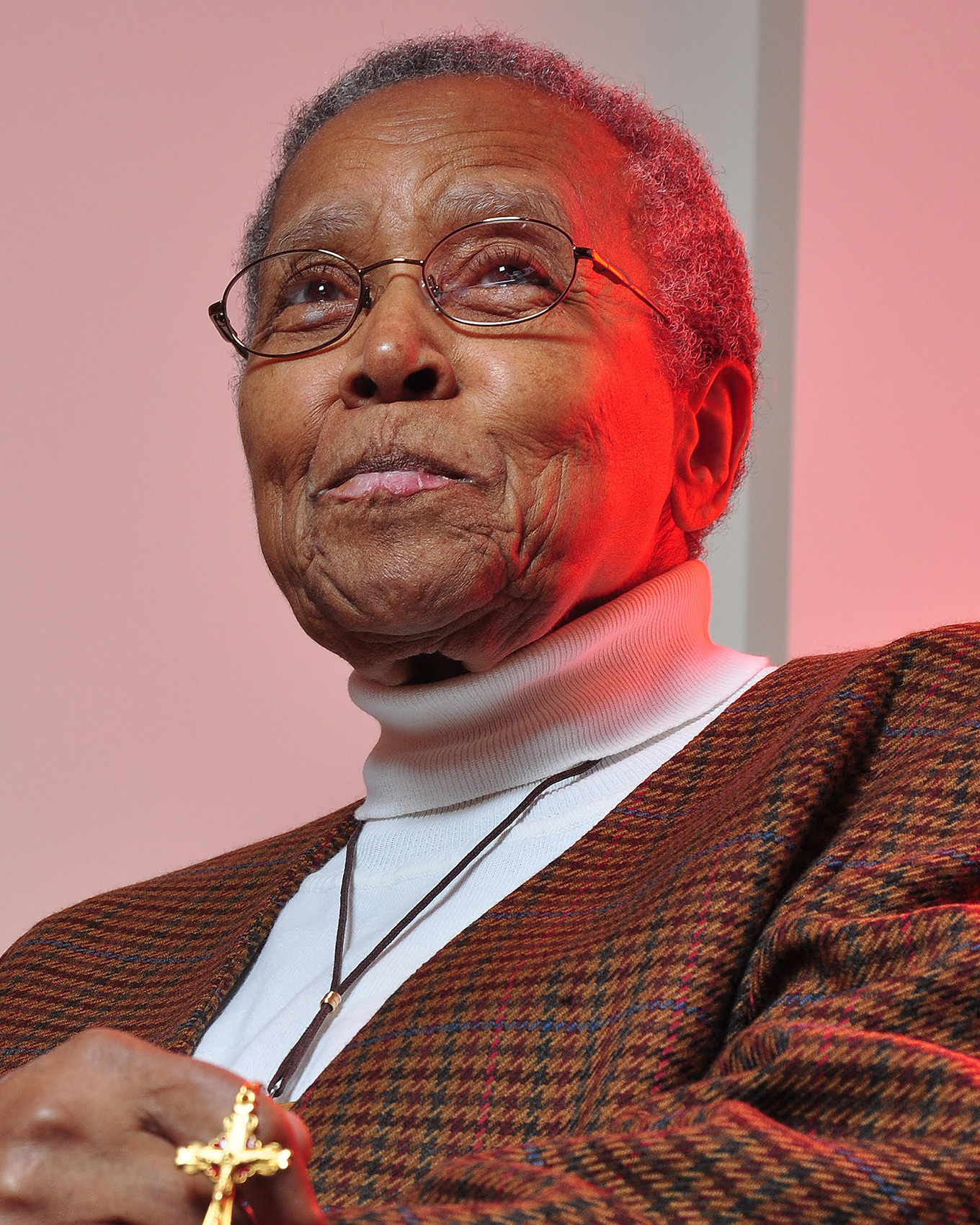
WILEY PRICE / ST. LOUIS AMERICAN
SISTER MARY ANTONA EBO
Sister of Selma
April 10, 1924 – November 11, 2017
Outward modesty masking a fierce determination, Sister Mary Antona was a whole lot of firsts: the first black woman to enter a U.S. Army Cadet nurse-training program during World War II; the first African-American to enter the Sisters of St. Mary in St. Louis, after converting to Catholicism as a teenager; the first black in the nation to become the head of a Catholic hospital, after completing two masters degrees. She was the only black face in the six “Sisters of Selma,” who answered Dr. Martin Luther King’s call to join in a protest march from Selma to Montgomery, three days after Bloody Sunday. Leading the march, the sisters made it only half a block until they were turned back by the police. “I’m here because I’m a Negro, a nun, a Catholic, and because I want to bear witness,” she told reporters covering the scene. An inspiring role model for countless young Southern African-American girls, Sister Mary Antona helped found the National Black Sisters’ Conference, a fitting tribute to her twined racial and spiritual faiths.
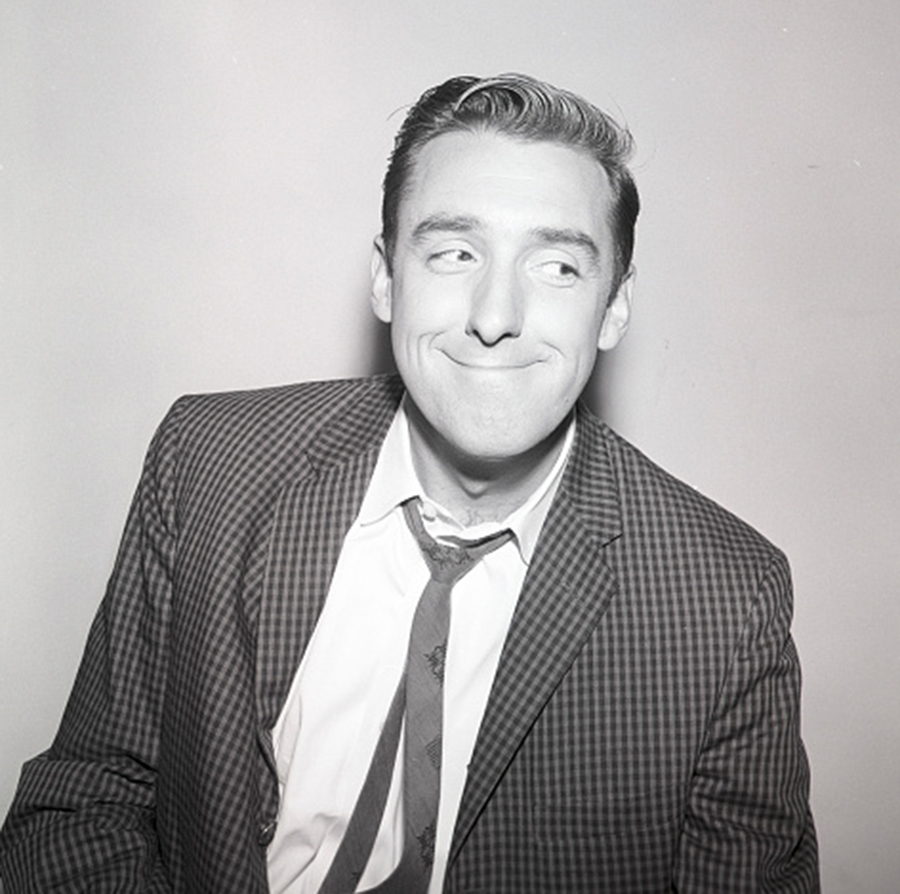
ABC PHOTO ARCHIVES/ABC VIA GETTY IMAGES
JIM NABORS
Gahhhh-lee Gomer Pyle
June 12, 1930 – November 30, 2017
The good-natured goofball Gomer Pyle’s exaggerated Southern mannerisms might’ve bordered on offensive had they not originated from such a richly authentic source. Jim Nabors, who personified the wide-eyed bumpkin on two hit TV shows during the 1960s, never lost the accent of his central Alabama upbringing, tapping into a nostalgia that was gauzy even at the time. He had sung in church, acted at the University of Alabama, and moved to California, in part because of chronic asthma, when Andy Griffith discovered him in a cabaret act that featured a character much like Pyle. Nabors was an instant hit as the gas-station attendant on The Andy Griffith Show, a sweetly innocent comedic foil in the fictionalized town of Mayberry, North Carolina. His catchphrases became part of pop culture lingua franca: think “Shazam!” or “Surprise, surprise, surprise.” Gomer Pyle proved so popular, Nabors landed a spin-off show, Gomer Pyle U.S.M.C. (Through today’s lenses, both shows seem sanitized for 1960s prime time: Griffith didn’t confront racism; Pyle didn’t deal with Vietnam.) In contrast with his career-defining character, Nabors actually possessed a surprisingly deep baritone, and in his post-Pyle years, he recorded albums of romantic ballads and show tunes, made frequent appearances on variety shows, and sang “Back Home in Indiana” before the Indianapolis 500 for nearly forty years.
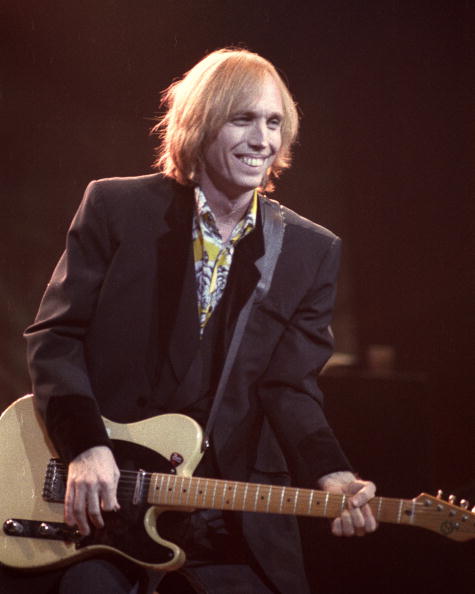
Clayton Call/Redferns
TOM PETTY
Never Backed Down
October 20, 1950 – October 2, 2017
The singer-songwriter, guitarist, and frontman of Tom Petty and the Heartbreakers exuded a studied casual cool. But behind the Florida-drawl façade lay a keen intelligence and genre-bending fluency that generated the kind of hit songs that have defined rock radio for forty years. Fusing California rock with a Southern back-beat, Rolling Stones-style riffs with Beatle-esque lyricism, Petty wailed the anthems of rebels and outcasts with a whole lot of grit but not a lot of glitz—both with his own band and later with the superstar collective the Traveling Wilburys. Indelible hits like “Free Fallin’ ” and “I Won’t Back Down” appealed to both Southern Baby Boomers and their millennial children. His songs were covered by a range of artists from Johnny Cash to John Mayer and appropriated by politicians, not always with Petty’s approval. On the dark flip side of his fame, Petty suffered divorce, drug addiction, and bankruptcy, but he always seemed to emerge with more material, a scrappy down-home rocker to the end.

NY DAILY NEWS ARCHIVE VIA GETTY IMAGES
LIZ SMITH
Queen of Kindly Gossip
February 2, 1923 – November 12, 2017
Born, raised, and trained in hard-scrabble, Depression-era Texas, Liz Smith became the most famous gossip queen in the United States—at one point her columns ran in three New York City newspapers at the same time. Her distinctive, heavy Southern accent, easy-going sense of humor, and friendly charm became tools of her trade, allowing her to cozy up to the rich, famous, and powerful even as she kept an outsider’s fascination with the very elite social set that had embraced her. Not a notably stylish writer, she nevertheless earned as much as $1 million a year from her chit-chatty columns and genial TV appearances. She made her mark and her home in Manhattan, but she never lost touch with her Texas roots, counting among her best friends journalist Molly Ivins and governor Ann Richards, whom Smith introduced to New York society after Richards left public office.
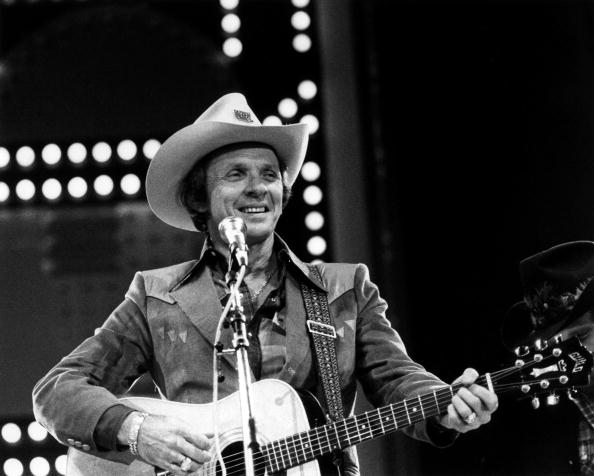
David Redfern/Redferns
MEL TILLIS
Stuttering Star
August 8, 1932 – November 19, 2017
He has a place in the Country Music Hall of Fame, a National Medal of Arts awarded by President Barack Obama, and a tribute album recorded by his daughter, Pam, also a country music star, It’s All Relative: Tillis Sings Tillis. Raised Baptist by musical parents in Florida, he wrote hit songs for a wide range of country artists, from Patsy Cline to Ricky Skaggs. But many remember the baritone singer-songwriter, who had upward of seventy Top 40 country hits, as the man who owned his speech impediment, a subversive strategy back in the day. Like many performers who stutter, Tillis didn’t stumble over memorized lines and lyrics. With casual good humor meant to put people at ease, he embraced the nickname Stutterin’ Boy and allowed the public to laugh along with him.

Courtesy of Vanderbilt University
PERRY WALLACE
Pioneering SEC B-baller
February 19, 1948 – December 1, 2017
In the early 1960s, Vanderbilt was a white college and basketball a white sport. So when forward Perry Wallace walked onto the court on December 2, 1967, in a game against SMU, as the first black man to play varsity basketball in the Southeastern Conference, he faced more than just the routine hostility of an opposing team. The valedictorian of the all-black Pearl High School in segregated Nashville, Wallace had been recruited by many colleges but attended Vanderbilt in part to break the color barrier. Rival teams yelled racial epithets, spat, threw things at him. He persevered, going on to become a first-team all-SEC player as a senior. That he played at all was an act of courage; that he didn’t grow bitter was an inspiration to the generation of young black players who followed in his trailblazing footsteps. Wallace went on to become a trial lawyer for the U.S. Justice Department and a professor at the law schools of the University of Baltimore Law School and the Washington College of Law at American University.



